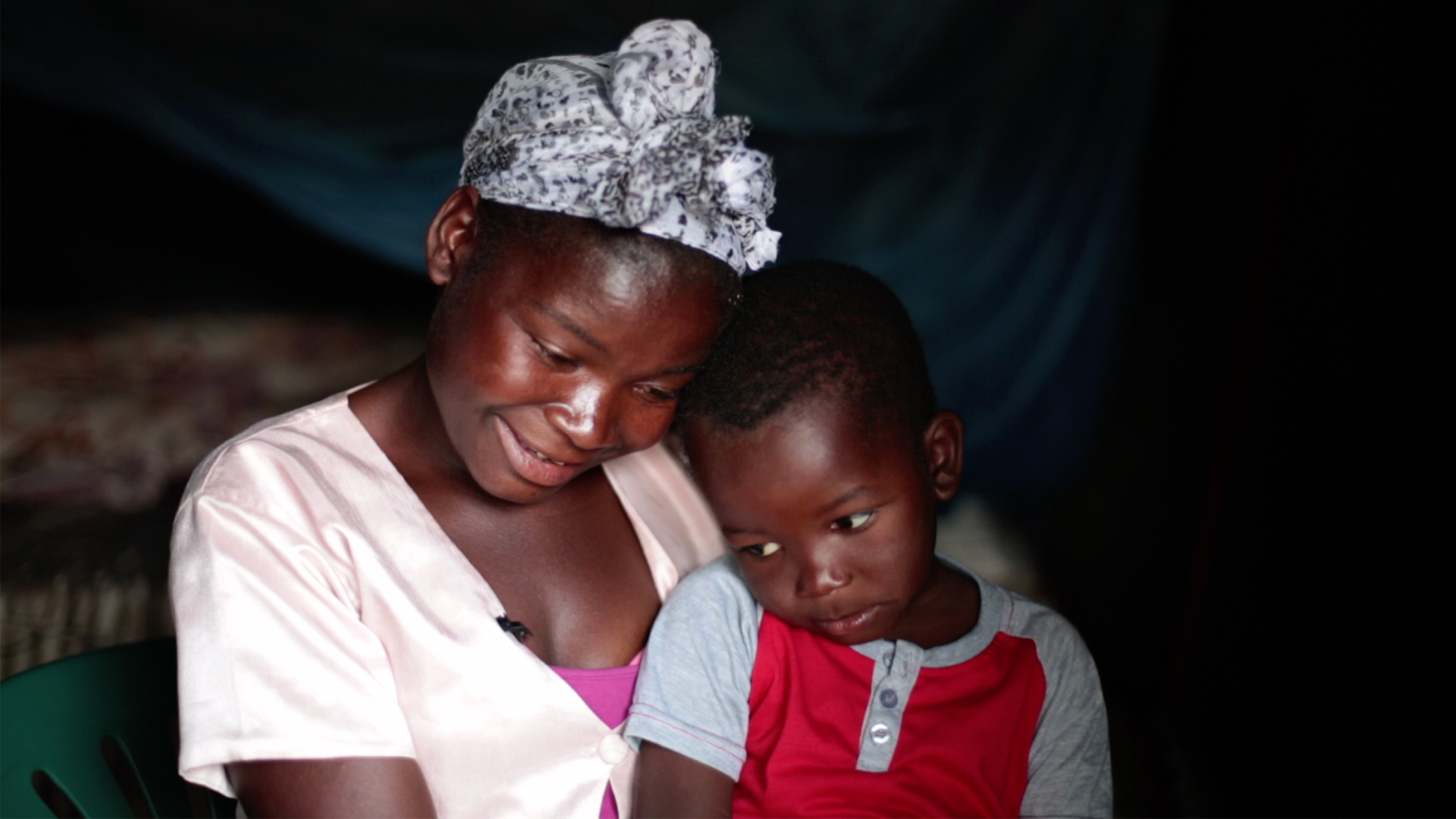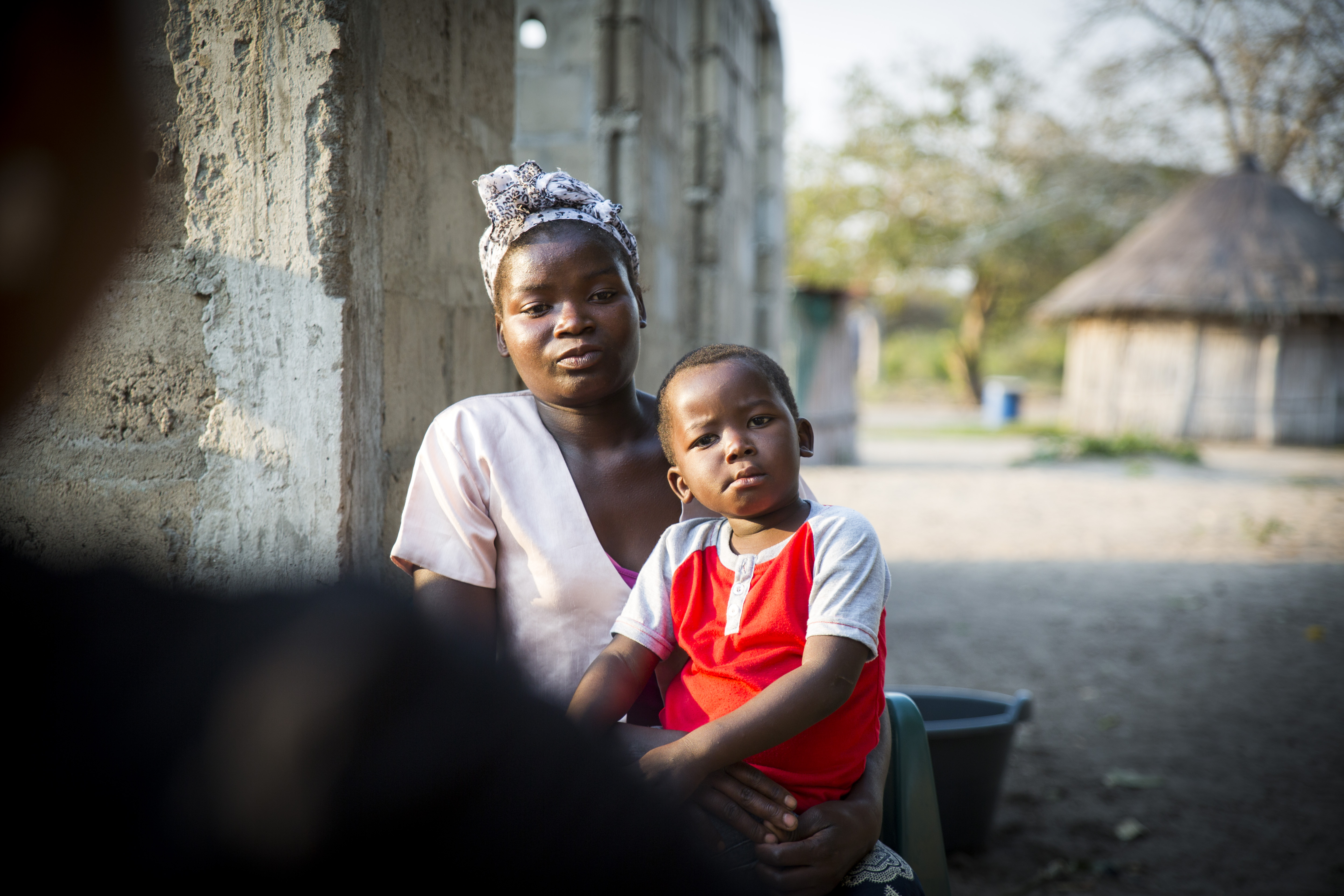
The quickest way to get to the village of Matimani, a few hours north of Maputo, is through the giant Marragra sugar cane plantation. You drive past the four-story white buildings of the processing plant and down onto a 100km-square plain of green rectangles. The grid-order of the South African-owned estate is in some contrast to the haphazard beauty of the rest of rural Mozambique.
Once over a gray girder bridge that crosses the meandering Nkomati river, you pass yet more sugar and when you leave the plantation, come to a low line of sandy hills. Following a track at the base of the hills, you glimpse traditional round houses and out-buildings between the trees, while on the flatlands to your left cattle are grazed by small boys – some of whom find a place for a swim. It is the wet season and flooding has been widespread in coastal Mozambique.
Matimani is a collection of scattered family homesteads – each comprising several buildings – about 23km from the district town of Marracuene. We are here to meet with Namati Moçambique’s local health advocate Hortência Alange, who emerges from a tiny house in a deep red headscarf.
Hortência takes us a short distance to meet Angelina and her young son Bento. Angelina lives in a shady clearing within a smallholding of tall corn. Amid low fruit trees, there are three traditional conical-roofed cane buildings and a partially-built concrete block home-to-be. One of the reed buildings, where Angelina sleeps with her husband, has a heart painted on it. The corn rustles in the breeze and birds call. It is a quiet, peaceful place to live.
Angelina was born in the village, but this homestead, with its three hectares of arable land, belongs to her husband’s family. At 27, Angelina has three children, aged eight, six and two-year-old Bento. The older children go to a local primary school, but there is no secondary school within walking distance. Angelina herself had to live away during the week when she went to high school in Marracuene. They are subsistence farmers, but yields are down because of persistent flooding. “We now have to cut trees to make charcoal and sell the charcoal at market to buy food,” says Angelina. “Things are not growing well because of the rain.”
Angelina first met Hortência at the health clinic.
“I had taken my son there in September 2014 because he wasn’t eating, he was weak, had lost weight and had stopped speaking. I was waiting in line when I heard Hortência giving a talk about health policies and health rights.”
Angelina’s nearest clinic is a two-hour walk away. A long way for a slight woman like Angelina to carry a sick 17-month old child. We are only 80km north of Maputo, but the scattered nature of life in rural Mozambique is already apparent. This giant country stretches another 2,300km north – with a population of only 25 million.
On her first day at the clinic, Angelina and Bento were tested for HIV, and the results were positive. HIV is an epidemic in Mozambique, with 11 percent of the adult population infected. An estimated 150,000 children under the age of 14 live with the disease. Despite significant advances in addressing under-five mortality in recent years and expanding treatment for people living with HIV, Mozambique’s medical system is painfully stretched.
CD4 is a type of white blood cell that plays a major role in protecting your body from infection. HIV attacks and destroys CD4 cells. In the past only young children with a CD4 count of under 350 were given ARV treatment in Mozambique, so Bento seemingly did not qualify. He received no treatment – as Hortência discovered on a home visit in October 2014. Research shows that in developing country settings, 50 percent of HIV-positive children under-two die if they do not receive treatment.
But Hortência knew that government policy and the treatment protocol for young HIV-positive children had changed. Bento should have been given medicine immediately because he was under five.
Hortência went with Angelina to see the HIV counselor at the clinic. The counselor had no idea that the national protocol had changed. Hortência then called the medical director of the district hospital – and within two days an HIV clinician visited the clinic, briefed all staff on the new policy and put up a poster informing patients of the changes.
Bento started his treatment in October. “He’s getting better,” says Angelina, as he sleeps in her arms. “His weight has come back, he eats well now and is speaking again.”

Angelina and Bento, roughly one year after being diagnosed as HIV positive.
Hortência knew that if Bento had been refused treatment, it was possible that other children who visited the health facility had too. She went back to the clinic’s records and with the head nurse found eight more children under the age of five who should be getting the life-saving medicine. She then worked with the local village health committee to track down the families and get them into the clinic for treatment. All of them are now receiving ARVs.
Hortência has also continued her outreach, talking on community radio about the children’s protocol and other health rights, and combining house visits with outreach at the clinic. Despite living some of her week in a former village store – sleeping on the floor behind the old grocery counter – Hortência is enthused by being a health advocate: “I love my work in the community,” she says as she beams a 1,000-watt smile. “This work inspires me.”
As for Angelina, the fact that she spoke to Hortência at all is a big win. A culture of silence still pervades HIV status in rural Mozambique, and before befriending the health advocate Angelina says she would never have demanded tests for herself and her children. “I was really worried,” she says. “But I didn’t know what to do. I thought it was normal to just wait. But now I have told my family and friends about the story and about Hortência. I have spoken about it in the community.”